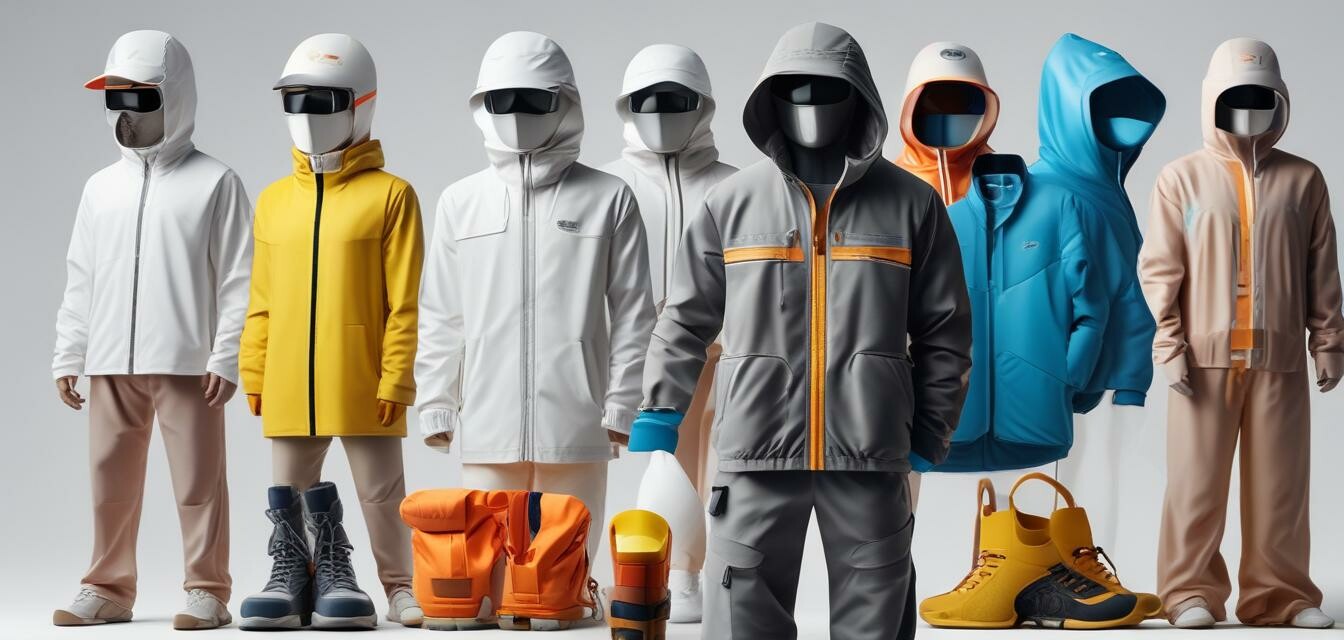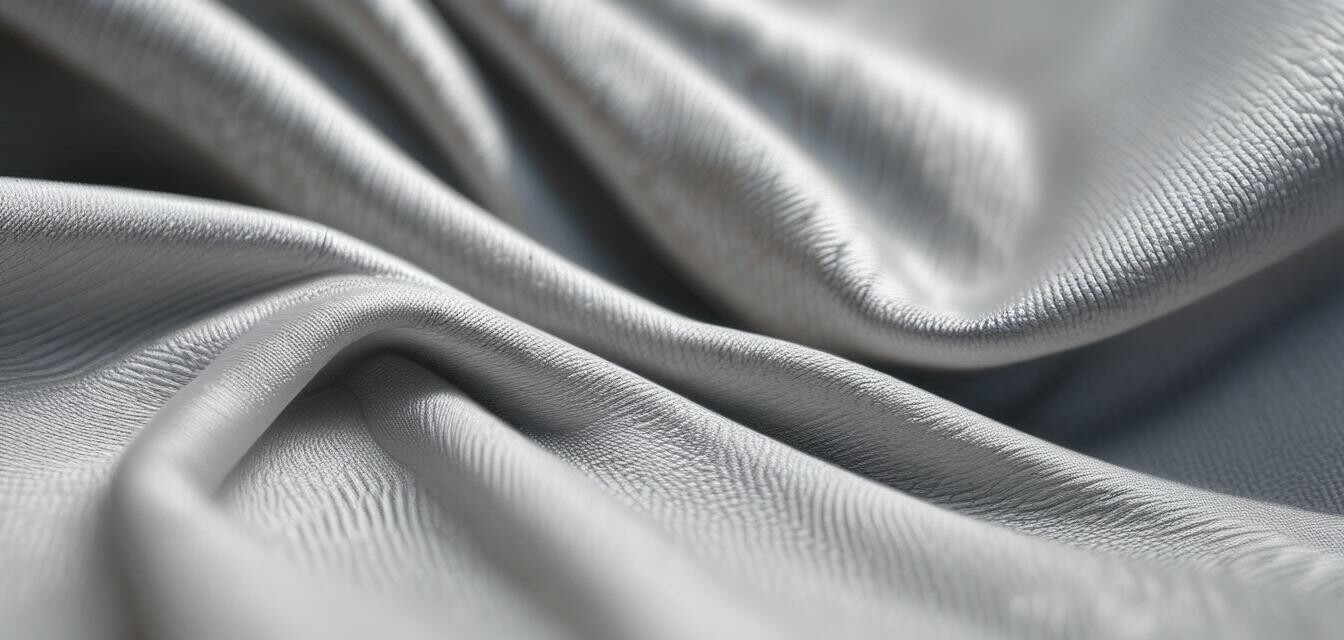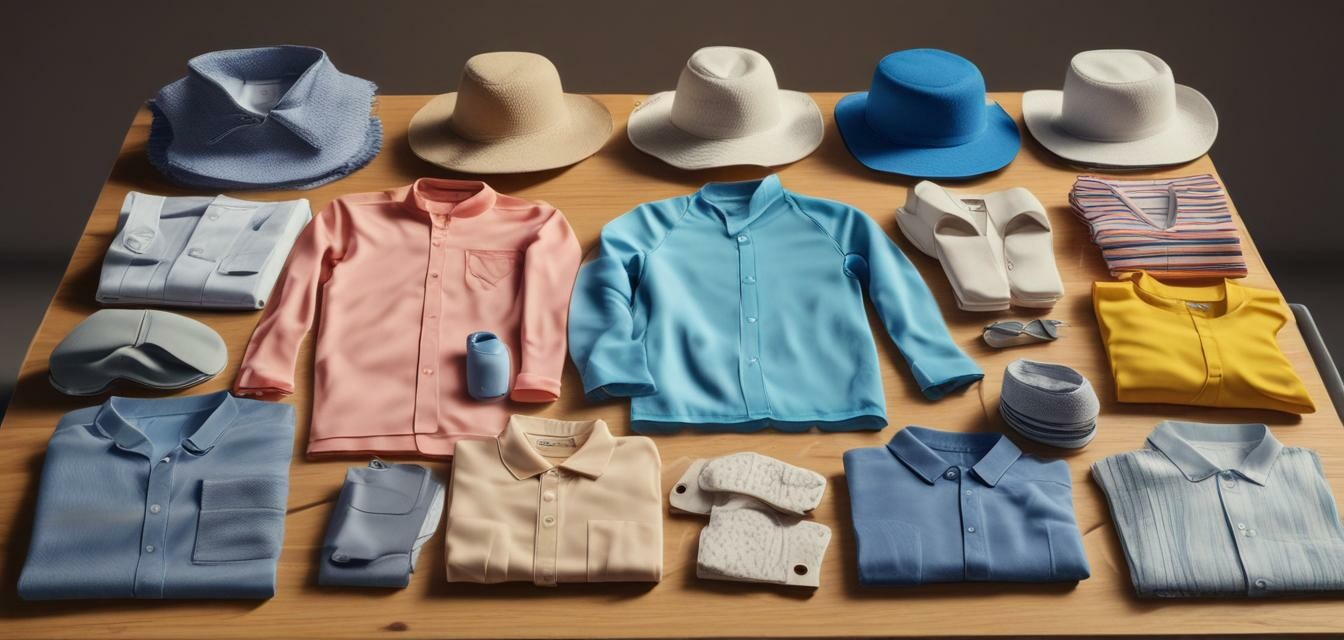
Trends in UV Protective Clothing
Key Takeaways
- UV protective clothing can have UPF ratings of 30-50+.
- Increasing awareness of skin cancer is driving demand for UV protection.
- Suitable for outdoor activities, especially in sunny areas.
- Growing popularity among children and photosensitive individuals.
- Innovations include moisture-wicking and cooling properties.
In recent years, the need for effective protection against harmful UV rays has led to significant trends in the UV protective clothing industry. This article explores the current trends, innovations, and future outlook for UV protective garments.
Understanding UV Protective Clothing
UV protective clothing is designed to block harmful ultraviolet rays, which are linked to skin cancer and sunburn. Unlike traditional clothing, which may offer minimal protection (UPF 5-10), UV protective garments boast UPF ratings ranging from 30 to above 50.
How UPF Ratings Work
| UPF Rating | Protection Level |
|---|---|
| UPF 15-20 | Good UV Protection |
| UPF 25-35 | Very Good UV Protection |
| UPF 40-50+ | Excellent UV Protection |
Current Trends in UV Protective Clothing
1. Growing Awareness of Skin Cancer Risks
The rising incidence of skin cancer has caused more people to seek effective sun protection. Consumers are increasingly educated about the importance of UV protection, particularly during outdoor activities.
2. Innovative Fabric Technologies
Modern UV protective clothing incorporates innovative fabrics with advanced features:
- Moisture-wicking: Draws sweat away from the body, keeping you cool and dry.
- Cooling properties: Utilizes special fibers to maintain a comfortable temperature.
- Quick-dry fabric: Enables faster drying after exposure to water, perfect for water sports.
3. Focus on Fashion and Functionality
Today's consumers desire not only protection but also stylish options. Brands are now offering fashionable UV protective clothing that can transition from beach to brunch:
- Casual wear suitable for everyday use.
- Athletic apparel designed for fitness enthusiasts.
- Kids' apparel that combines safety with fun designs.
Popular Brands and Product Categories
Leading brands in the UV protective clothing market include athletic apparel manufacturers like Coolibar and UV Skinz. Popular product categories comprise:
- Casual wear for everyday activities.
- Kids' apparel specifically designed with fun prints.
- Swimwear that protects while swimming.
- Outdoor gear for enthusiasts undergoing intense activities.
- Accessories to complement the outfits.
Future Outlook of UV Protective Clothing
The future of the UV protective clothing industry looks promising, with continuous innovations expected. Key areas of development include:
| Innovation Area | Potential Impact |
|---|---|
| Smart Fabric Technology | Integrates UV sensors to notify wearers of sun exposure levels. |
| Sustainable Materials | Utilizes eco-friendly fabrics, appealing to environmentally conscious consumers. |
| Enhanced Durability | Increases the lifespan of garments, providing better long-term investments for consumers. |
Conclusion
As awareness of skin health grows, the demand for UV protective clothing is expected to rise. The blend of fashion with functionality, coupled with technological advancements, positions this industry for continued growth.
Pros
- Consistent protection without reapplication, unlike sunscreen.
- Ideal for outdoor activities in sunny climates.
- Cost-effective compared to frequent sunscreen purchases.
- Soft, lightweight fabrics ensure comfort.
Cons
- Higher initial cost than basic clothing.
- Limited color options in some brands.
- Can require special washing care to maintain effectiveness.
Tips for Beginners: Choosing the Right UV Protective Clothing
- Look for a high UPF rating (30+ is recommended).
- Check for moisture-wicking and cooling properties for better comfort.
- Consider the primary activity (e.g., swimming vs. hiking) when choosing styles.
- Choose colors wisely; darker colors generally provide better protection.
- Ensure a good fit for maximum comfort and effectiveness.









